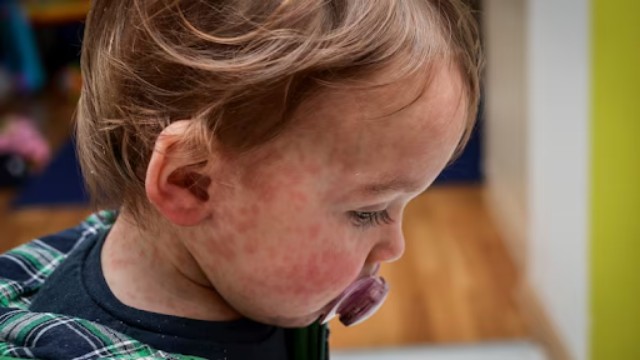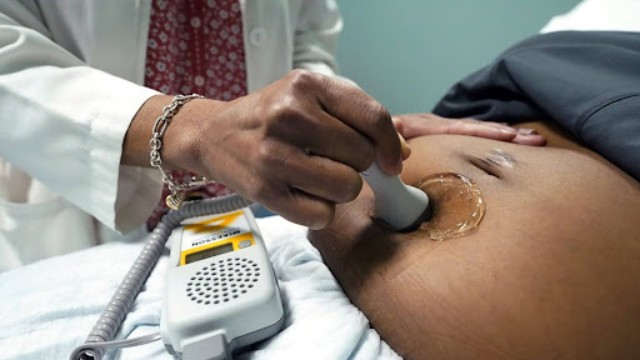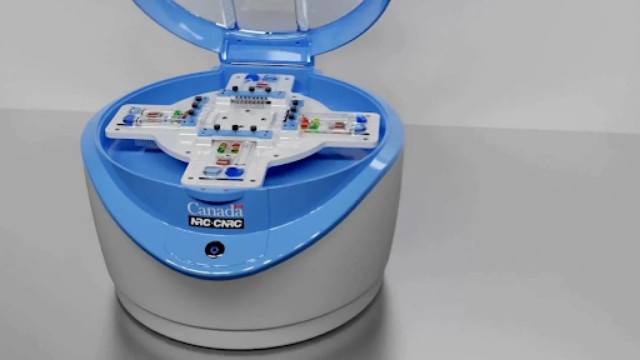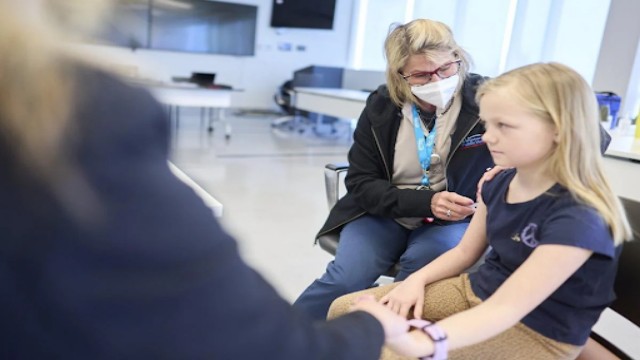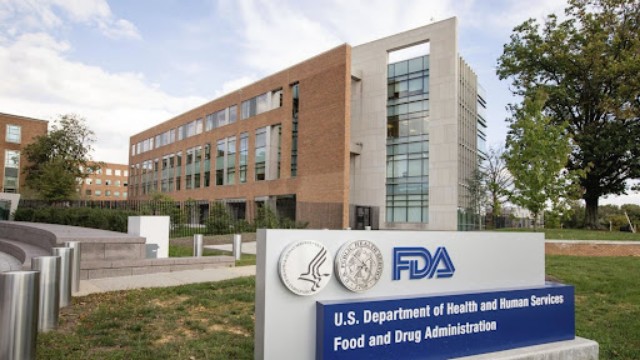
Health and Human Services Secretary Robert F. Kennedy Jr. spoke at a press briefing about the CDC’s latest report on autism. The event was held on Wednesday, April 16, 2025, at the Hubert Humphrey Building Auditorium in Washington. (AP Photo/Jose Luis Magana)
In a move aimed at improving children’s health, U.S. health officials announced plans to eliminate artificial food dyes from the national food supply by the end of 2026. The Food and Drug Administration (FDA) has called on food manufacturers to begin swapping out petroleum-based colour additives for natural alternatives, a practice already common in Europe and Canada.
FDA Commissioner Marty Makary explained that this change will mostly rely on the cooperation of food companies, rather than a formal ban. “We’re encouraging companies to shift away from synthetic dyes for the sake of American children’s health,” Makary said. He added that the agency will soon begin revoking approval for artificial dyes that are no longer in use, with further steps to phase out the remaining ones.
Health Secretary Robert F. Kennedy Jr. emphasized that while there are no signed agreements, food manufacturers are aware of the direction the FDA is heading. “We have an understanding,” Kennedy said during the announcement.
The FDA currently allows 36 food colour additives, including eight synthetic dyes. However, health experts and advocacy groups have long pushed for their removal. Several studies suggest a possible link between artificial dyes and behavioural issues in children, such as hyperactivity and difficulty concentrating. While the FDA maintains that the dyes are generally safe, critics argue they serve no nutritional purpose and are used mainly to make processed foods more appealing—especially to kids.
Dr. Peter Lurie, president of the Center for Science in the Public Interest and a former FDA official, pointed out that artificial dyes do little more than give the illusion of fresh or healthy ingredients. “These dyes are meant to make ultraprocessed foods look attractive, particularly to children,” he said.
The agency recently announced it will ban Red 3—a dye used in candy, cakes, and some medicines—by 2027 after studies showed it caused cancer in lab animals. Several states, including California and West Virginia, have already begun passing laws to restrict or ban synthetic dyes in school meals and retail food products.
Some manufacturers are already adjusting. The International Dairy Foods Association pledged to remove artificial dyes from products sold to U.S. schools by July 2026. Natural dyes from ingredients like beets, purple sweet potatoes, radishes, and algae are becoming popular alternatives.
However, not everyone is on board. Industry groups like the National Confectioners Association and the International Association of Colour Manufacturers are pushing back. They argue that synthetic dyes have been proven safe and claim that making such changes in a short time could disrupt supply chains and increase food costs. “It’s not a simple fix,” one spokesperson noted.
Consumer advocacy groups remain hopeful, seeing this move as a turning point in how food is regulated in the U.S. Meanwhile, some experts caution that while removing artificial dyes is a step forward, the nation’s broader health problems are rooted in more complex dietary issues.




